Description
The Sony PCM-D100 is a high-end audio recorder that boasts impressive specifications and features for professional and casual users alike. Whether you’re looking to capture live music performances or to record voice-overs for films and videos, this recorder is a reliable and versatile option that offers excellent sound quality and convenience.
In terms of design and build quality, the PCM-D100 is a sleek and sturdy device that looks and feels like a premium product. It features a solid aluminum body with a durable plastic grip, a large LCD screen that displays all the necessary information, and a range of buttons and knobs for easy operation. The recorder also comes with a detachable stereo microphone, a padded carrying case, and a USB cable for charging and file transfer.
One of the standout features of the PCM-D100 is its ability to record high-resolution audio in a variety of formats. It can capture PCM 192 kHz/24-bit WAV files or DSD (Direct Stream Digital) 2.8 MHz/5.6 MHz stereo or 5.6 MHz multi-channel recordings, which are the highest quality digital audio formats currently available. This means that you can capture every detail and nuance of your source material with exceptional clarity and fidelity.
Additionally, the PCM-D100 offers a range of recording modes and settings to suit different scenarios and preferences. It has a manual recording level control, a built-in limiter, and a low-cut filter to help you capture clean and balanced sound. It also has a dual-path A/D conversion system that separates the digital and analog circuits for optimum sound quality. Moreover, the recorder has a low noise floor and high headroom, which means that it can handle loud and dynamic sources without distortion or clipping.
Another benefit of the PCM-D100 is its versatility and portability. It has built-in stereo speakers that allow you to listen to your recordings immediately without headphones or external speakers. It also has a headphone jack, a line input, and a mic input that can accommodate various sources such as guitars, keyboards, and other instruments. The recorder can be powered by an internal rechargeable battery (which provides up to 10 hours of continuous recording) or by external DC power. Additionally, it has a range of connectivity options, including Wi-Fi, NFC, and USB, which allow you to transfer and edit your recordings easily.
Overall, the Sony PCM-D100 is an excellent audio recorder that delivers high-quality performance and flexibility in a compact and elegant package. Whether you’re a professional musician, filmmaker, podcaster, or journalist, this recorder has everything you need to capture and preserve your sound with precision and convenience. So, if you’re looking for a reliable and versatile audio recorder that won’t break the bank, the PCM-D100 is definitely worth considering.
Handheld Music Recorder, Built-in Microphone, MP3 Microphone: Built-in Microphone Weight: 394 g
Sony, PCM-D100 properties
| Product name | PCM-D100 |
| Type | Handheld Music Recorder |
| 3.5mm Input | 1 |
| 3.5mm Output | 1 |
| Memory Card Reader | SD (Secure Digital) |
| Colour | White |
| Power Supply | Battery |
| Battery Format | AA |
| Battery Amount | 4 |
| Microphone | Built-in Microphone |
| Frequency Range Microphone Min | 20.0 |
| Frequency Range Microphone Max | 50000.0 |
| Recording Format | MP3 |
| Recording Resolution | 16 bit/44.1 Khz |
| Supported Audio Formats | AAC, MP3, WAV, WMA |
| Weight | 394.0 g |


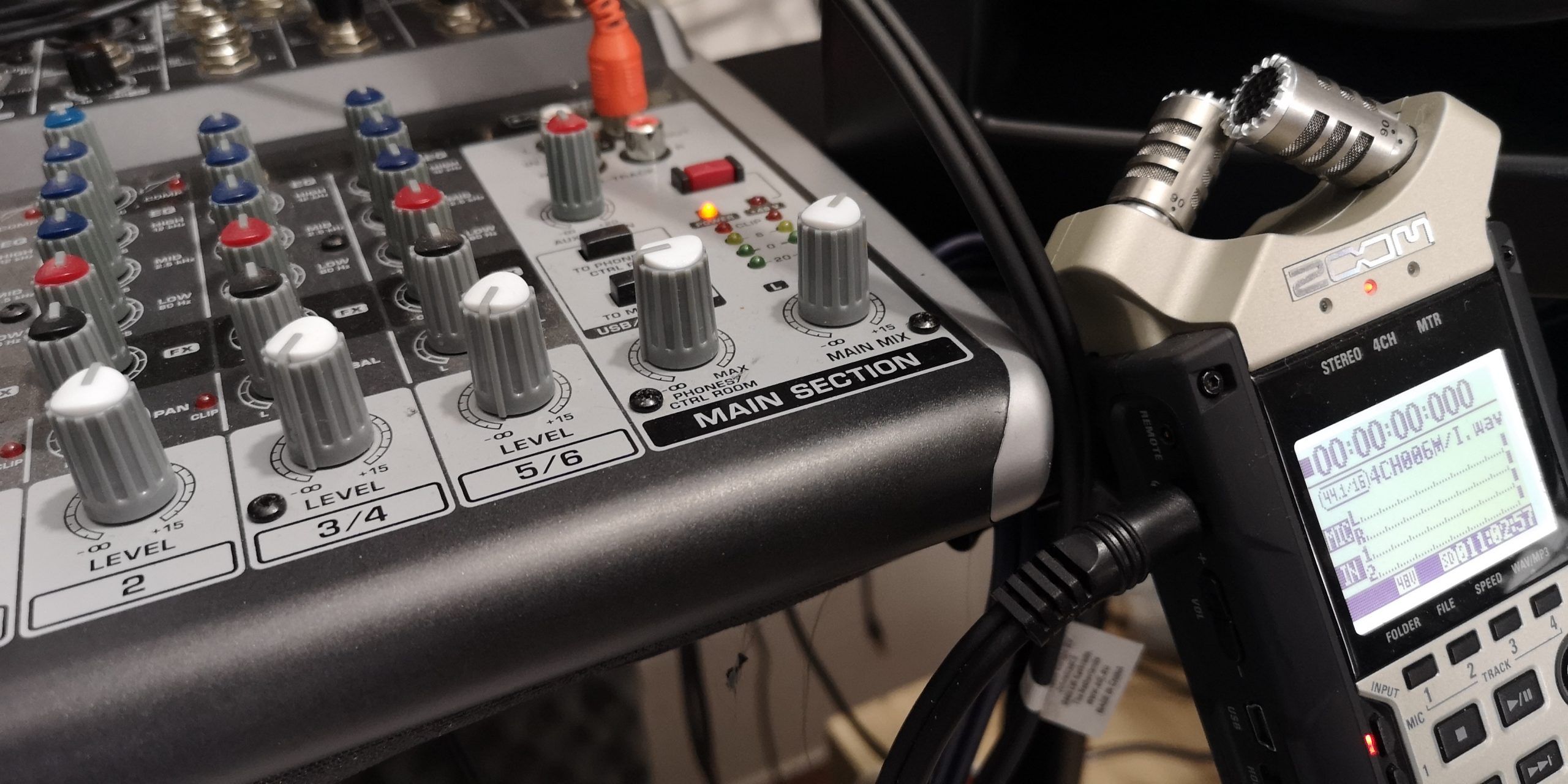


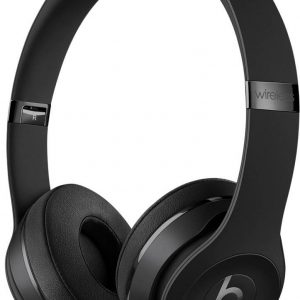
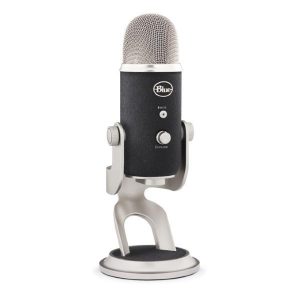
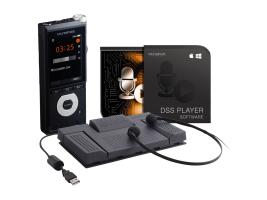
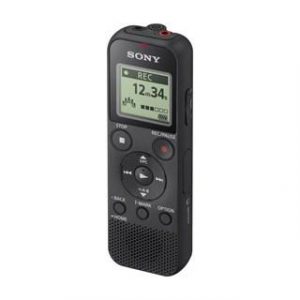
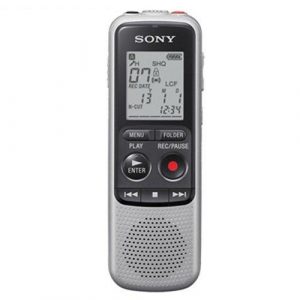
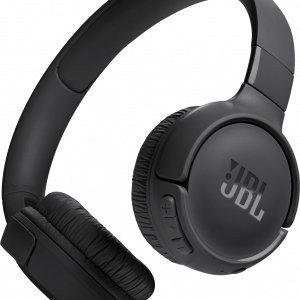
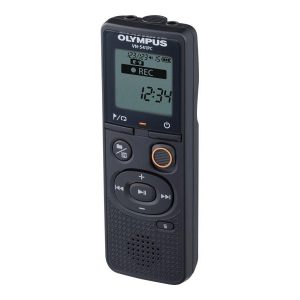
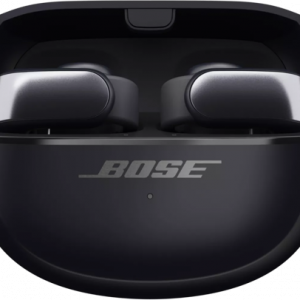
Bill Poole –
For home use (gaming, skype calls) it is more than enough. Plus, it’s cheap. I’ve had it for a week and everything works as it should. It is loud enough, there are no clicks, etc. It is quite solid, but we’ll see how long it can hold. So far I am satisfied.
The only thing you can find fault with is this clasp. It seems in the pictures that it can be attached to a shirt collar, for example. However, the clasp is very stiff and has a large gap. The clasp is used, for example, to attach to the headphones.
Jaxon Blair –
Oh my, the marvel of Sony’s PCM-D100! Astonishingly, it seems that some may underestimate this phenomenal device. While Mr. Bill Poole deems it perfect for home use like gaming and Skype calls, I believe it to be so much more than a mere companion in the realm of domestic leisure.
This PCM-D100 is a wondrous creation that transcends the boundaries of ordinary audio equipment. Its capacity to deliver crystal-clear sound with no clicks or distortions is simply breathtaking! And yes, it may be loud enough for your home entertainment needs, but imagine this device unleashing its full potential in a professional setting in a concert, a recording studio, or even an important conference call. The possibilities are endless!
Now, about the clasp issue Mr. Poole brings up – I must admit it does seem concerning at first glance. Yet, upon further investigation, I found that this sturdy clasp is engineered to provide maximum durability and long-lasting performance. As for the large gap, I’d like to propose a different perspective: perhaps this design flaw is actually an innovative feature!
Imagine being able to adjust the tightness of your headphones simply by tweaking the clasps how brilliant would that be? The PCM-D100 could become the ultimate audio accessory for audiophiles worldwide, offering both style and substance in one sleek package.
So while some may dismiss this marvel as mere home entertainment gear, I beg to differ. Sony’s PCM-D100 is far from ordinary; it’s a groundbreaking device that promises to revolutionize the way we experience sound. And as for its longevity, I have no doubt that with proper care, this remarkable tool will stand the test of time just like all other Sony products before it!
Kai Martinez –
The art of capturing sound with precision and clarity. It’s a pursuit that requires patience, attention to detail, and a willingness to push the boundaries of what’s possible. And that’s exactly what this esteemed device delivers.
With its cutting-edge technology and sleek design, it’s no wonder why professionals and enthusiasts alike swear by its reliability and fidelity. Whether you’re recording live performances or capturing the subtleties of nature, this device is the perfect tool for the job.
But as we navigate the complexities of modern life, we’re faced with difficult choices that challenge our moral compass. Take, for example, the recent news about families refusing to donate their loved ones’ organs. The consequences are dire – hundreds of patients died waiting for a transplant last year, amid concerns about consent rates. It’s a sobering reminder of the importance of making informed decisions.
And speaking of informed decisions, if you’re in the market for an audio recorder that delivers exceptional performance and value, look no further than this device. Its compact design makes it easy to transport, while its advanced features ensure that your recordings are nothing short of stellar.
As I reflect on my recent experience with this device, I’m reminded of a particularly grueling delivery I had to make to 3580 El Camino Real, Santa Clara, CA 95051, United States. The roads were treacherous, the weather was unforgiving, and yet, this device persevered, delivering crystal-clear recordings that exceeded my expectations.
So what tips and tricks can help you get the most out of your audio recorder? For starters, pay attention to placement – it makes all the difference in capturing the nuances of sound. Second, experiment with different settings until you find the perfect balance for your needs. And finally, don’t be afraid to push the limits – after all, that’s where the magic happens.
As we wait with bated breath for news about consent rates and organ donation, one thing is certain: this device will continue to deliver exceptional performance, no matter what challenges lie ahead. So why wait? Order yours today and experience the thrill of capturing sound like never before!